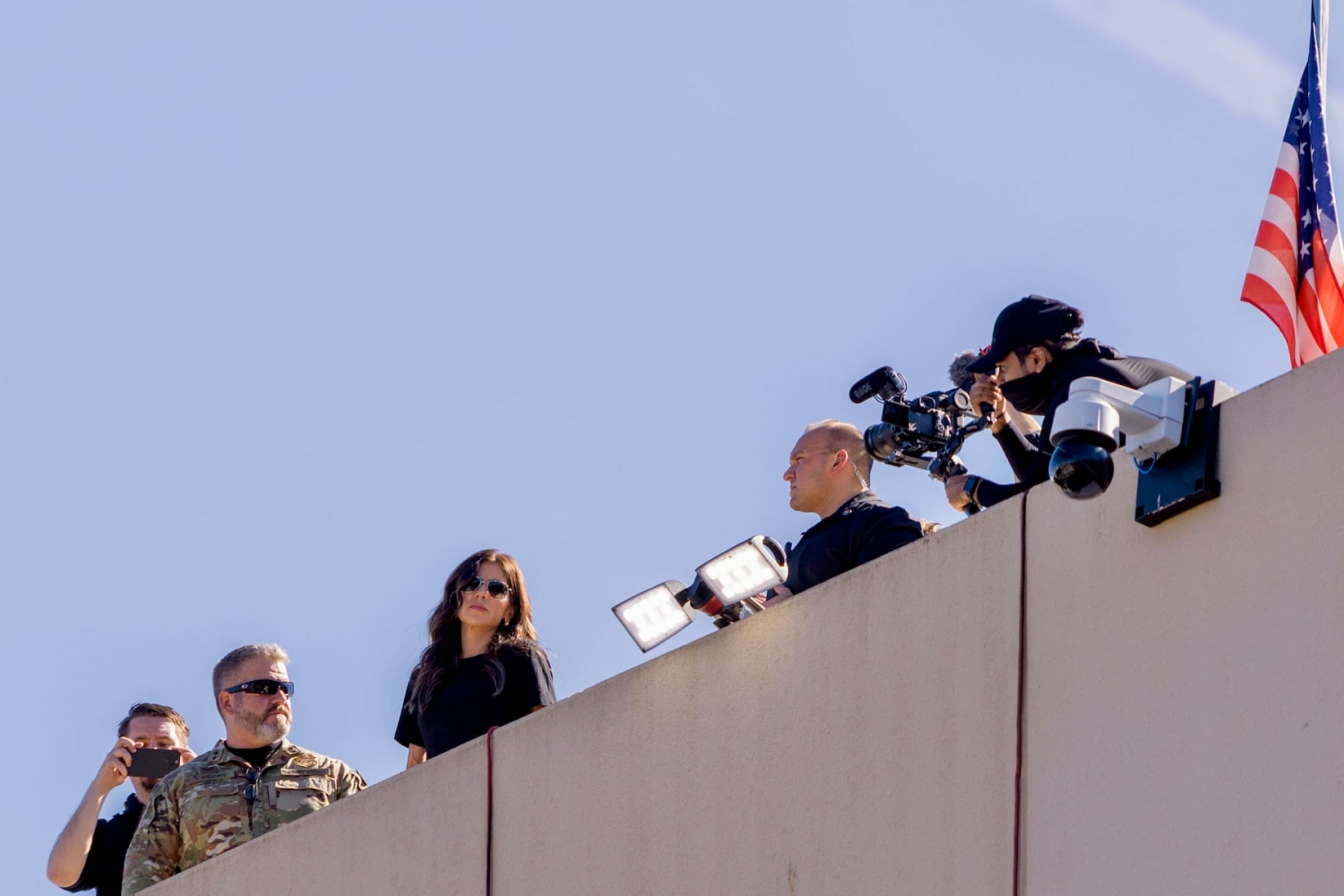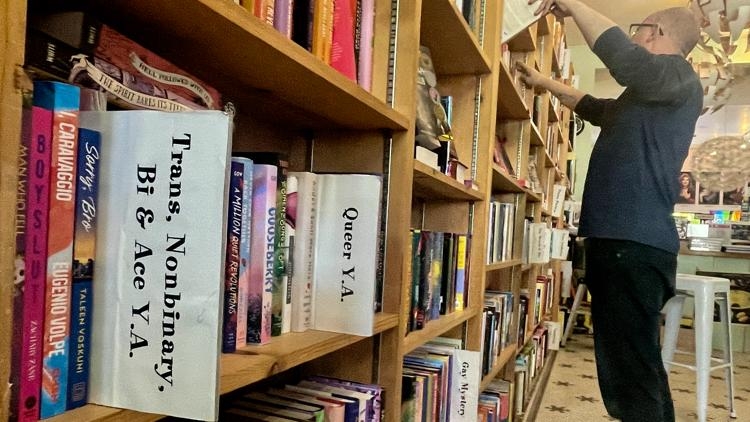

Published on: 10/08/2025
This news was posted by JC News
Description
By Sean Nealon, OSU release - CORVALLIS, Ore. – Two fault systems on North America’s West Coast – the Cascadia subduction zone and the San Andreas fault – may be synchronized, with earthquakes on one fault potentially triggering seismic events on the other, a new study found. “We’re used to hearing the ‘Big One’ – Cascadia – being this catastrophic huge thing,” said Chris Goldfinger, a marine geologist at Oregon State University and lead author of the study. “It turns out it’s not the worst case scenario.” Goldfinger and a team of researchers drilled deep-sea sediment cores representing 3,100 years of geologic history, and analyzed layers known as turbidites that are deposited by underwater landslides often triggered by earthquakes. They compared turbidite layers in cores from both fault systems and found similarities in timing and structure, suggesting the seismic synchronization between the faults. In most cases, it’s difficult to determine the time separation between the Cascadia subduction zone and northern San Andreas fault ruptures, but Goldfinger said there are three instances in the past 1,500 years, including a most recent one from 1700, when the researchers believe the ruptures were just minutes to hours apart. The findings have significant implications for hazard planning, he said. “We could expect that an earthquake on one of the faults alone would draw down the resources of the whole country to respond to it,” Goldfinger said. “And if they both went off together, then you’ve got potentially San Francisco. Portland, Seattle and Vancouver all in an emergency situation in a compressed timeframe.” Geologists have hypothesized for several decades that faults could synchronize, but there has only been one observed example of the phenomenon – in Sumatra, three months apart in 2004 and 2005. Goldfinger has been focused on the question for decades. In fact, the origins of the just-published paper date back to a 1999 ocean research cruise. Goldfinger and the research team were drilling sediment cores in the Cascadia subduction zone off the coast of Oregon and northern California, but a navigational error took them off course, about 55 miles south of Cape Mendocino in California and into the San Andreas zone. They decided to drill a core in that area. Subsequent analysis of the core revealed a unique structure. Turbidites have a typical layering pattern, with coarser sediment on the bottom and fine-grained sediment on the top. But the researchers found the opposite pattern in this core: coarse, sandy sediment at the top and finer, silty sediment at the bottom. This led them to conclude the fine-grained layer at the bottom was caused by a large earthquake on the Cascadia subduction fault and the coarser sediment at the top was caused by subsequent movement on the nearby San Andreas. They then used radiocarbon to date the turbidite layers of that core and others they collected north and south of Cape Mendocino, the location where the northern San Andreas and Cascadia subduction zone faults converge. That further analysis made it clear that the formation of that unique upside-down layering, which they call “doublets,” is best explained by earthquakes on both systems spaced closely in time, as opposed to aftershocks or other causes. Other authors of the paper are: Ann Morey, Christopher Romsos and Bran Black of Oregon State’s College of Earth, Ocean, and Atmospheric Sciences; Jeff Beeson of the National Oceanic and Atmospheric Administration, Oregon State; Maureen Walzcak, University of Washington; Alexis Vizcaino, Springer Nature Group in Germany; Jason Patton, California Department of Conservation; and C. Hans Nelson and Julia Gutiérrez-Pastor, Instituto Andaluz de Ciencias de la Tierra in Spain.
Other Related News
10/08/2025
State and local leaders but only a few protesters greeted US Homeland Security Secretary...
10/08/2025
Many of the books banned in 2024 were challenged because critics said they were sexually e...
10/08/2025
As an internal medicine hospitalist I care for patients at their most vulnerable Ive witne...
10/08/2025











